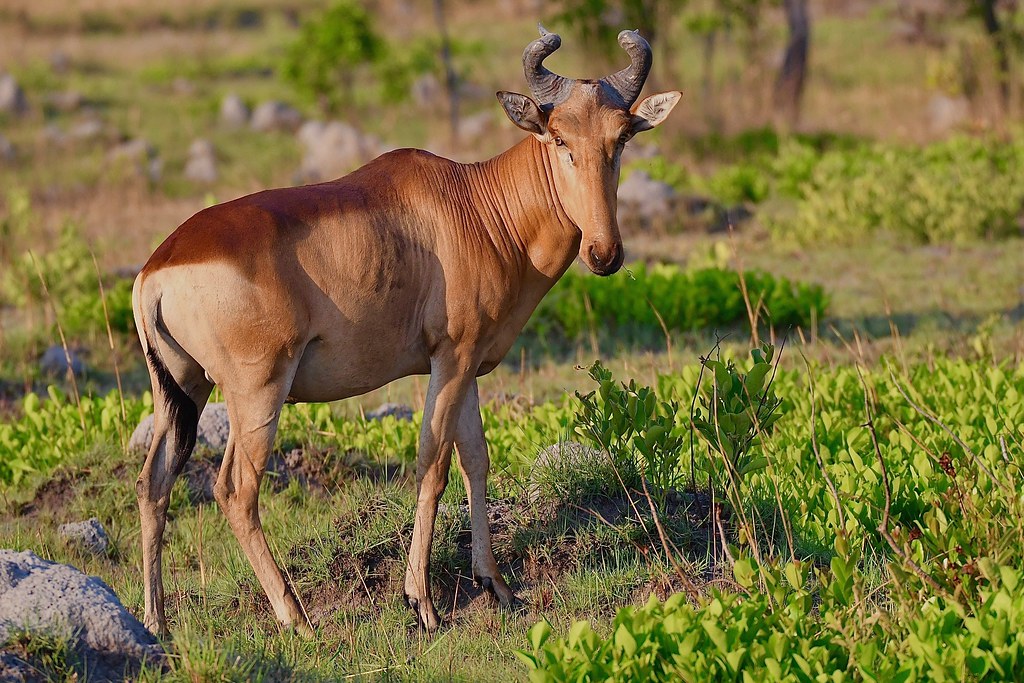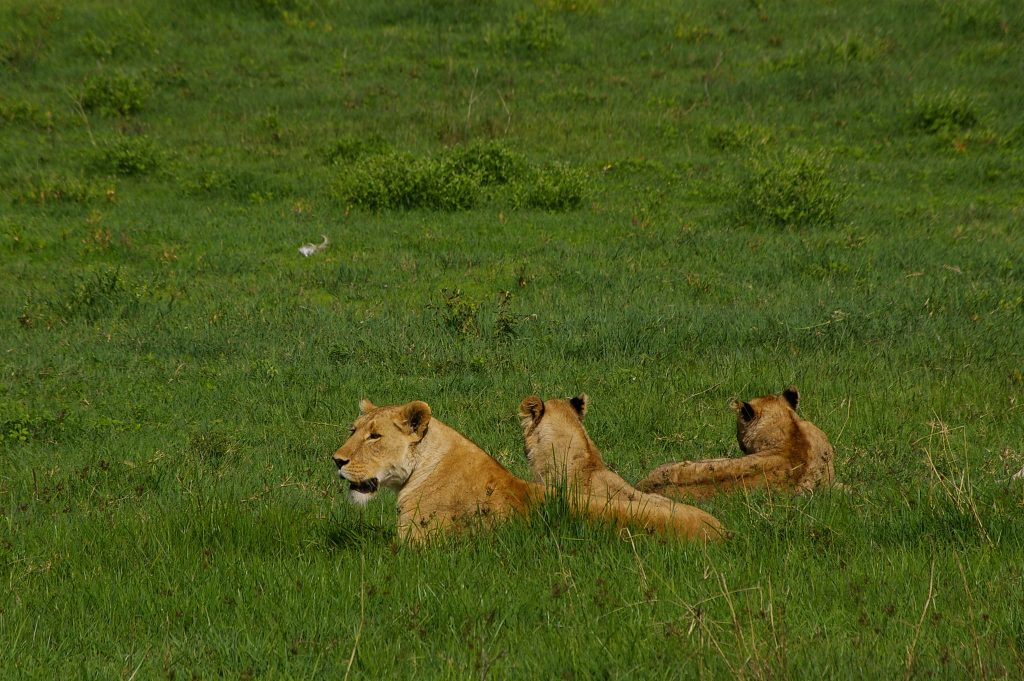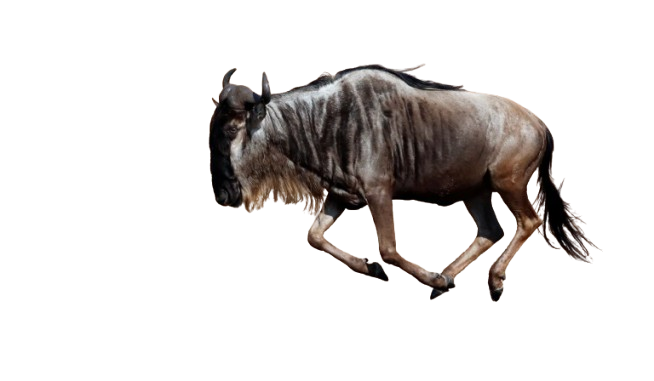Wildlife in Saadani National Park
Wildlife in Saadani National Park, Tanzania is home to many parks. While many safari-goers go for famous parks like Serengeti, Ngorongoro, Tarangire, and Lake Manyara, there are great chances to see wildlife at its pinnacle even in less-famous destinations like Saadani National Park.
Saadani covers 410 square miles (1,062 square kilometers) along coast and it’s the only park bordering the Indian Ocean. So, you get that feeling of watching wildlife in the day and winding up your day on a bush beach. Before being gazette as a park in 2005, Saadani was a game reserve.
It’s an unknown gem, but the rewards of being there are astonishing, with wildlife views and marine life being central. Even though you won’t spot all the Big Five, the chances of seeing elephants and buffalo are great, with occasional encounters of lions. In this article, we feature animals found in Saadani National Park.

The Big Five
It’s no surprise that you won’t find all five animals in Saadani, but meeting an elephant as you walk on the beach is hilarious. In addition to that, you can find other animals like buffalo, lions, and leopards, making the list of the Big 5 up to four.
- Elephants are more abundant in the Saadani. Their grey coat, tusks, and giant body play an important role in creating ways for other animals to pass. As a result, herbivores can navigate with less effort.
- Lions are lethal predators in this park. Their usual preys include antelopes and zebras, but they may collaboratively bring down big game like buffalo and wildebeest.
- Leopards are extremely rare in Saadani. It’s possible to spot one, though that might be a challenge due to their elusive nature. They’re arboreal and would spend their daytime in acacia trees. Their hunting techniques are fascinating – and include stalking the prey and making a sudden attack to bring it down.
- Buffalo are plenty in number in grasslands and floodplains. They preferably stay in large herds of up to 300. A few strong bulls rule the herd. And for your safety, be careful with solitary bulls – they are unpredictable.

Primates
Saadani’s dense forest supports the life of primates, baboons, and monkeys. Some prefer the terrestrial part of the park while others inhabit the coastal forests. Yellow baboons, vervet monkeys, and black-and-white colobus monkeys are common here.
-
Black-and-white colobus monkeys
Saadani is home to this unique and rare species of monkeys. They’re among Old World monkeys, closely related to the red colobus, but are distinguished by their black coat and striking white fur. Their diet mainly includes leaves, flowers, and unripe fruits. They can be seen in the coastal forest of Saadani.
-
Yellow baboons
Yellow baboons live in the terrestrial forests of Saadani. They’re said to be more intelligent and are remarkably social. Typical groups of up to 100 individuals can be found. Their stunning yellowish-brown coat with a long, dog-like snout makes them eye-catching.
They prefer fruits for their diet, but may also consume leaves, insects, and small mammals. They sometimes use rocks for cracking nuts, demonstrating their degree of intelligence.
-
Vervet Monkeys
Small, slender vervet monkeys are easy to recognize in Saadani thanks to their grey-olive coats, black faces, and bright blue bottoms. You’ll find them in small groups of up to 10, hanging out in the coastal and forested areas of Saadani.
They also use tools like stones and feed on anything from fruits, flowers, young shoots, and leaves to insects, bird eggs, and small lizards. They’re tremendously abundant, and often can be seen foraging on the ground or in trees.
Giraffes
It’s quite normal to see a graceful giraffe while in Saadani National Park. This tall creature is often seen browsing acacia trees. A fun fact about these animals is that, the coat pattern of each one of them is different like fingerprints in human. They’re also symbol of Tanzania.
Antelopes
Saadani is home to a variety of antelopes. Most of them prefer grassy plains, floodplains, and forests. Bushbucks, reedbucks, waterbucks, red duikers, and greater kudus are among the most common.
Antelopes usually stay in social herds of up to 50. Their diet mainly depends on grass and herbs. And more frequently, they visit water sources to quench their thirst. You may find them along the Wami River, waterholes, and other water sources.
Other animals
Besides large predators like lions and leopards, there are mongooses. Small and elusive, mongooses hunt small prey like rodents and insects. They’re brave enough to fight even the most venomous snakes.
Genets are nocturnal animals with small and slender bodies. Usually not available during the day, genets come out in late evenings and early mornings. Their sharp eyes enable them to hunt at night. They’re carnivorous and usually devour small mammals, birds, reptiles, and insects.
Warthogs are funny and interesting, big, pig-like mammals. The funniest part is how they run from predators. If you haven’t seen one, you should probably find one. You can recognize them by their greyish-brown coat, a long snout, and one pair of tusks projected from the upper jaw.
Hippos, Nile crocodiles, and sitatungas
The Wami River is home to hippos and crocodiles. Nile crocs and hippos usually bask on the riverbanks in late mornings and afternoons. Hippos are giant mammals. They’re aggressive, so watch them with extra care.
Crocodiles are lethal predators. They stay submerged under the water, waiting for the opportunity. When they arise, they attack quickly and drown their prey, then kill it.
The sitatunga antelope is a rare swamp-dwelling antelope. This polite species prefers staying in mangroves.
Birds
For birdwatchers, there are over 300 bird species in Saadani to look at. You can find fish eagles, kingfishers, flamingos, storks, herons, egrets, bee-eaters, and sunbirds. Bring your binoculars for a memorable experience.
Marine life
Since Saadani is a park where bush meets ocean, you can expect to see marine life during your stay. It’s a breeding site for green turtles. You can also spot dolphins, though this is not guaranteed. Furthermore, the mangrove ecosystems usually harbor fish, crabs, and other marine creatures.
